Brick Rural Life School (Bricks, N.C.)
Historical Note
In 1890, Julia E. Brick, wife of Joseph Brick, deeded her plantation to the American Missionary Association for use as a school for African Americans. T.S. Inborden became the principal of the school in 1895. Beginning in 1920, the school was named the Joseph Keasby Brick Agricultural, Industrial, and Normal School, and was the first accredited African American school in North Carolina.
During the early 1920s, it became a junior college, but in 1925, the state of North Carolina became committed financially to the education of African Americans and allowed the AMA to close Brick Junior College. The AMA's Fred L. Brownlee convinced the Association's directors to retain the 1,100-acre farmland and rent it to student farmers. A few years later, the state took over the school and the AMA started the Brick Rural Life School to train rural families for successful rural life. Neill A. McLean became principal of the school in 1934. A credit union was established the following year. During the 1930s, the following were also begun: a coop store, farmers' association to sell heavy machinery, a planning council for health and recreation programs, and the non-denominational Brick Community Church.
In 1951, Helen Francis Smith became the Chairperson of Franklinton Center in Franklinton, North Carolina, and the center moved to Bricks in 1953. In 1962, W. Judson King became President of the Center, with his wife serving as hostess. A dining hall was constructed in 1967. The Kings retired the following year, and Reverend James H. Cavanaugh became Staff Minister the following year. Reverend Charles W. Samuels became President and Reverend J. Taylor Stanley became Acting Director in 1969.
During the 1970s, the town of Bricks changed its name to Enfield.
Abstract:
American Missionary Association archives 1969 addendum
